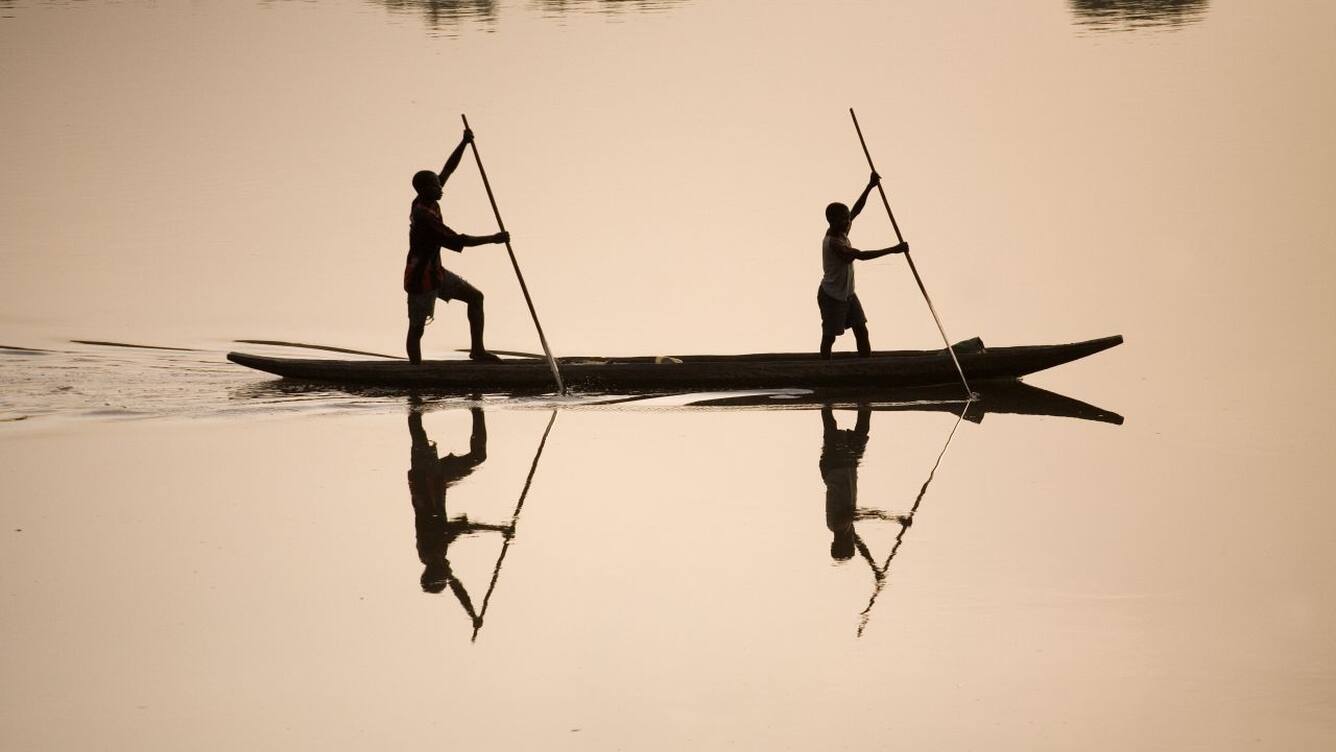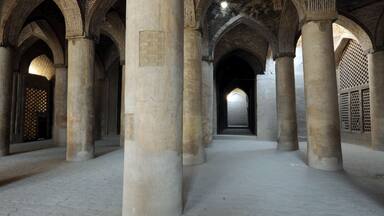Four natural and four cultural properties added to UNESCO’s World Heritage List on Sunday
The World Heritage Committee on Sunday inscribed eight new sites on UNESCO’s World Heritage List, including Chad’s first World Heritage property. Inscriptions will continue tomorrow Monday. The new sites are:
Major Mining Sites of Walonia (Belgium): The four sites of the property form a strip that is 170km long by 3 to 15 km, crossing Belgium from east to west. It consists of the best-preserved 19th- and 20th-century coal mining sites of the country. It features early examples of the utopian architecture from the early periods of the industrial era in Europe within a highly integrated, industrial and urban ensemble, notably the Grand-Hornu colliery and workers’ city designed by Bruno Renard in the first half of the 19th century. Bois-du-Luc includes numerous buildings erected from 1838 to 1909 and one of Europe’s oldest collieries dating back to the end of the 17th century. While the Walloon region had hundreds of collieries, most have lost their infrastructure, while the four components of the listed site retain a high measure of integrity.
Decorated Farmhouses of Hälsingland (Sweden): Seven timber houses are listed in this site located in the east of Sweden, representing the zenith of a regional timber building tradition that dates back to the Middle Ages. They reflect the prosperity of independent farmers who used their wealth in the 19th century to build substantial new homes with elaborately decorated ancillary houses or suites of rooms reserved for festivities. The paintings represent a fusion of folk art with the styles favoured by the landed gentry of the time, including Baroque and Rococo. Decorated by painters, including known and unknown itinerant artists, the listed properties represent the final flowering of a long cultural tradition.
Rio de Janeiro, Carioca Landscapes between the Mountain and the Sea (Brazil): The listed site consists of an exceptional urban setting rather than built heritage. It encompasses the key natural elements that have shaped and inspired the development of the city: from the highest points of the Tijuca National Park’s mountains down to the sea. They also include the Botanical Gardens, established in 1808, Corcovado Mountain with its celebrated statue of Christ and the hills around Guanabara Bay, including the extensive designed landscapes along Copacabana Bay which have contributed to the outdoor living culture of this spectacular city. Rio de Janeiro is also recognized for the artistic inspiration it has provided to musicians, landscapers and urbanists.
Neolithic Site of Çatalhöyük (Turkey): Two hills form the 34-acre site on the Southern Anatolian Plateau. The taller eastern mound contains 18 levels of Neolithic occupation between 7,400 and 6,200 B.C., including wall paintings, reliefs, sculptures and other symbolic, and artistic features. Together they testify to the evolution of social organization and cultural practices as humans adapted to a sedentary life. The western mound shows the evolution of cultural practices in the Chalcolithic period from 6,200 to 5,200 B.C. Çatalhöyük provides important evidence of the transition from settled villages to urban agglomeration which was maintained in the same location for over 2,000 years. It features a unique street-less settlement of houses clustered back to back with roof access into the buildings.
Lakes of Ounianga (Chad): The site includes 18 interconnected lakes in the hyper arid Ennedi region of the Sahara Desert covering an area of 62,808 hectares. It constitutes an exceptional natural landscape of great beauty with striking colours and shapes. The saline, hyper saline and freshwater lakes are supplied by groundwater and are found in two groups 40 kilometres apart. Ounianga Kebir comprises four lakes the largest of which, Yoan, covers an area of 358 hectares and is 27 metres deep. Its highly saline waters only sustain algae and some microorganisms. The second group, Ounianga Serir, comprises 14 lakes separated by sand dunes. Floating reeds cover almost half the surface of these lakes reducing evaporation. At 436 hectares, Lake Teli has the largest surface area but is less than ten metres deep. With their high quality freshwater, some of these lakes are home to aquatic fauna, particularly fish.
Sangha Trinational (Cameroon, Central African Republic, Congo,): Situated in the north-western Congo Basin, where Cameroon, the Republic of Congo and the Central African Republic meet, the site encompasses three contiguous national parks totalling more than 750,000 hectares. Much of the site is unaffected by human activity and it features a wide range of humid tropical forest ecosystems with rich flora and fauna, including Nile Crocodiles and Goliath Tigerfish, a large predator. Forest clearings support herbaceous species and Sangha is home to considerable populations of forest elephants, critically endangered Western Lowland Gorilla, and endangered chimpanzee. The site’s environment has preserved the continuation of ecological and evolutionary processes on a huge scale and great biodiversity, including many endangered animal species.
Chengjiang Fossil Site (China): A hilly 512-hectare site in Yunnan Province, Chengjiang’s fossils present the most complete record of an early Cambrian marine community with exceptionally preserved biota, displaying the anatomy of hard and soft tissues in a very wide variety of organisms, invertebrate and vertebrate. They record the early establishment of a complex marine ecosystem. The site documents at least 16 phyla and a variety of enigmatic groups as well as about 196 species, presenting exceptional testimony to the rapid diversification of life on Earth 530 million years ago, when almost all of today’s major animal groups emerged. It opens a palaeobiological window of great significance to scholarship.
Western Ghats (India): Older than the Himalaya mountains, the mountain chain of the Western Ghats represents geomorphic features of immense importance with unique biophysical and ecological processes. The site’s high montane forest ecosystems influence the Indian monsoon weather pattern. Moderating the tropical climate of the region, it presents one of the best examples of the monsoon system in the planet. The site also has an exceptionally high level of biological diversity and endemism. It is recognized as one of the world’s eight “hottest hotspots” of biological diversity. The forests of the site include some of the best representatives of non-equatorial tropical evergreen forests anywhere and are home to at least 325 globally threatened flora, fauna, bird, amphibian, reptile and fish species.
Webcast
Live Webcast
from 10:00 (GMT +4)
to 19:00 (GMT +4)
Live Video
English (HighRes)English (LowRes)
French (HighRes)
French (LowRes)





